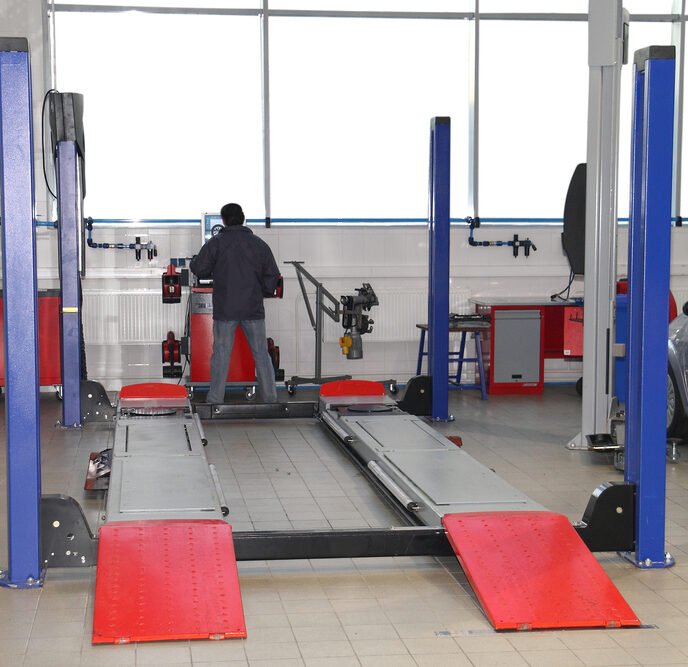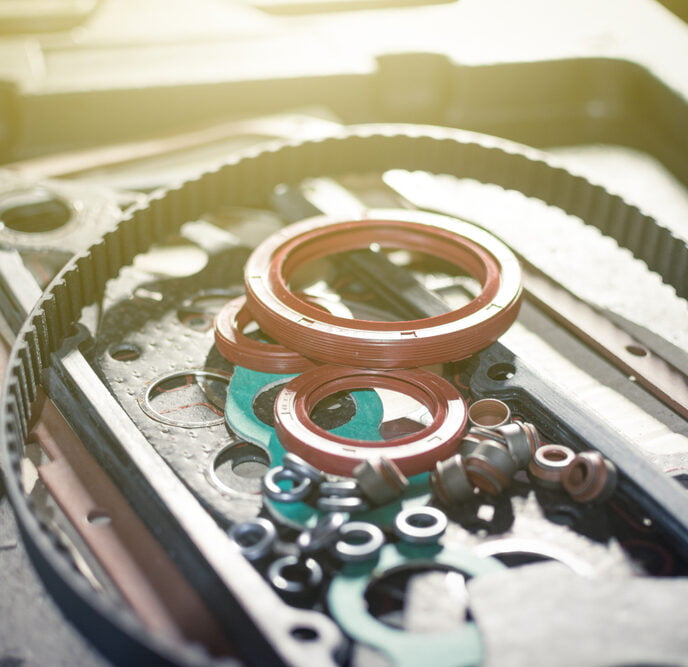What Is an EV Charger Type 1?
Understanding How to Charge Your Electric Vehicle

Electric vehicles, also known as EVs, are becoming a very popular choice for anyone in the car market right now. For people searching for a new car or looking to upgrade to a more economical friendly car, it’s an alternative option to the traditional vehicle. While most understand that electric vehicles use little or no gas, there is still confusion on how to charge them and where you can get the electric power to keep you on the road. With a simple understanding of how electric vehicles work, and what it takes to power them, you’ll be on the road in no time!
What is an Electric Vehicle?
An electric vehicle can be described as any vehicle that uses an electric motor to move. There are currently four main types of electric vehicles. They are hybrid electric vehicles (HEV), plug-in hybrid electric vehicles (PHEV), A battery electric vehicles (BEV), and lastly fuel cell electric vehicles (FCEV). These different types of electric vehicles differ in how they get here power, or what it takes to make them run.
Hybrid Electric Vehicles were the first kind of electric vehicle to become popular in the marketplace. They run on a combination of internal combustion engines and electric motors. Their batteries generally replenish themselves through the use of the internal combustion engine.
Plug-in Electric Vehicles, unlike hybrid electric vehicles, can be plugged in to recharge the battery. They run on both gasoline and electricity. However, oftentimes they will be able to choose to run on just battery power alone, or a combination of electricity and gasoline.
Battery Electric Vehicles depend on only electricity for power. Some may be concerned about the number of miles they can go on a charge; if that’s the case there are now BEVs that have an optional gasoline generator for longer travel.
Fuel Cell Electric Vehicles are powered by hydrogen fuels cells. What separates FEVs is how quickly they charge. Unlike other electric vehicles, FEV’s can charge in a few minutes. However, finding a charging station can be difficult.
Understanding how electric vehicles differ is the first step in understanding how to charge them.
How to Charge Electric Vehicles
If you’re charging at home or while you’re out at a public charging station, you’ll need to make sure you have the proper charging cord for your car. The charging cord will attach from your vehicle to the charging station, allowing your car to get the electricity it needs to receive power. There are four different kinds of plugs, and they are categorized by the electric current they use. Two of the four plugs are alternating current (AC), while the other two are direct current (dc). It’s important to know the difference between these types of charges and the plugs they use.
Alternating Current Chargers
Alternative current has two different types of plugs— type 1 and type 2.
- Type 1 charger is the most common for American vehicles. It allows the electrical current from the outlet to flow to the vehicle through the connector. The design features 5-pins. Type 1 plugs are single-phase and will put out a power output level of 3.7kW-7.4kW alternative current electricity and a range per hour of approximately 12.5-25 miles.
- Type 2 charger is more common in the European market. It can carry power three-phase power allowing it to output more power and charge faster than the type 1 charger. It has 7 pins. At home, they can commonly get up to 22kW, and at public charging stations they can get up to a charging power of 43 kW, depending on your vehicle.
Direct Current Chargers
Direct current, like alternating current, has two different types of plugs. They are a CHAdeMO plug and a CCS plug.
- CHAdeMO chargers are the standard for direct current charging. It allows for seamless communication between the car and the charger. It can put out anywhere between 6Kw to 150Kw, of power at the moment. As electric vehicle batteries become more advanced and can be charged at higher powers, this type of charger will be able to put out even more power.
- Combines charging system, known as CCS, is another plug-in direct current charger. It consists of 9 pins. CCS charging is only for DC rapid charging of 50kW or more. The two larger, lower pins on the plug enable the Direct Current connection that forces more electricity into your batteries in less time.
When to Use Which Kind of Charge
Ultimately it depends on your vehicle and how far you plan to travel. As EVs have become more advanced, many allow for both AC and DC charging. But when should you use which? Typically, a type 1 or type 2 is slower than a DC connection. But they also are better on your battery. A DC charger is creating high currents in order to charge a battery rapidly. An Ac charge using a type 1 or 2 charger, is best when you are home or at someplace, you’ll be a while. However, there might be times where you’re making a longer trip and need to charge quickly. This is where a DC charge using a CHAdeMO, or CCS cable can come in handy. The faster charging time will get you back on the road and allow you to continue on your trip. As you can see, both have their place as long as your vehicle can support both.
SVI International: Connecting You with High-Quality Automotive Equipment
If ever in doubt about what parts you need to get your electrical vehicle charged or up and running, SVI International is always here to help. As a leader in repair parts for automotive lifts, you can always expect a prompt delivery from one of our three warehouses across the United States. Reach out to us at (800) 321-8173 or complete our online contact form. Ask us about specialty hydraulic cylinders if customized needs are required for your job.


